Twenty-five years ago eight people emerged from a network of manmade glass domes sealed off from the outside world. They had spent two years inside Biosphere 2, an ambitious project in the US state of Arizona to build a miniature version of the earth, and to study its living systems and how humans interacted with them.
The artificial biosphere contained a range of wilderness habitats filled with plants and animals. Its self-enclosed set of ecosystems included a miniature savannah, fog desert, mangrove marsh, rainforest, and an ocean with a coral reef, as well as farms, laboratories and workshops for its human residents to work, study and live in.
The experiment received worldwide attention. It contributed to scientific understanding of the effects of climate change and helped the development of long-term life support systems for space travel. It is still the largest and longest closed biospheric experiment to have taken place.
But many of the big environmental problems it tried to highlight remain unresolved. In a new book called Pushing Our Limits, Dr Mark Nelson, one of Biosphere 2’s eight residents between 1991-1993, looks back at the project’s challenges and achievements, and asks what lessons it can teach today.
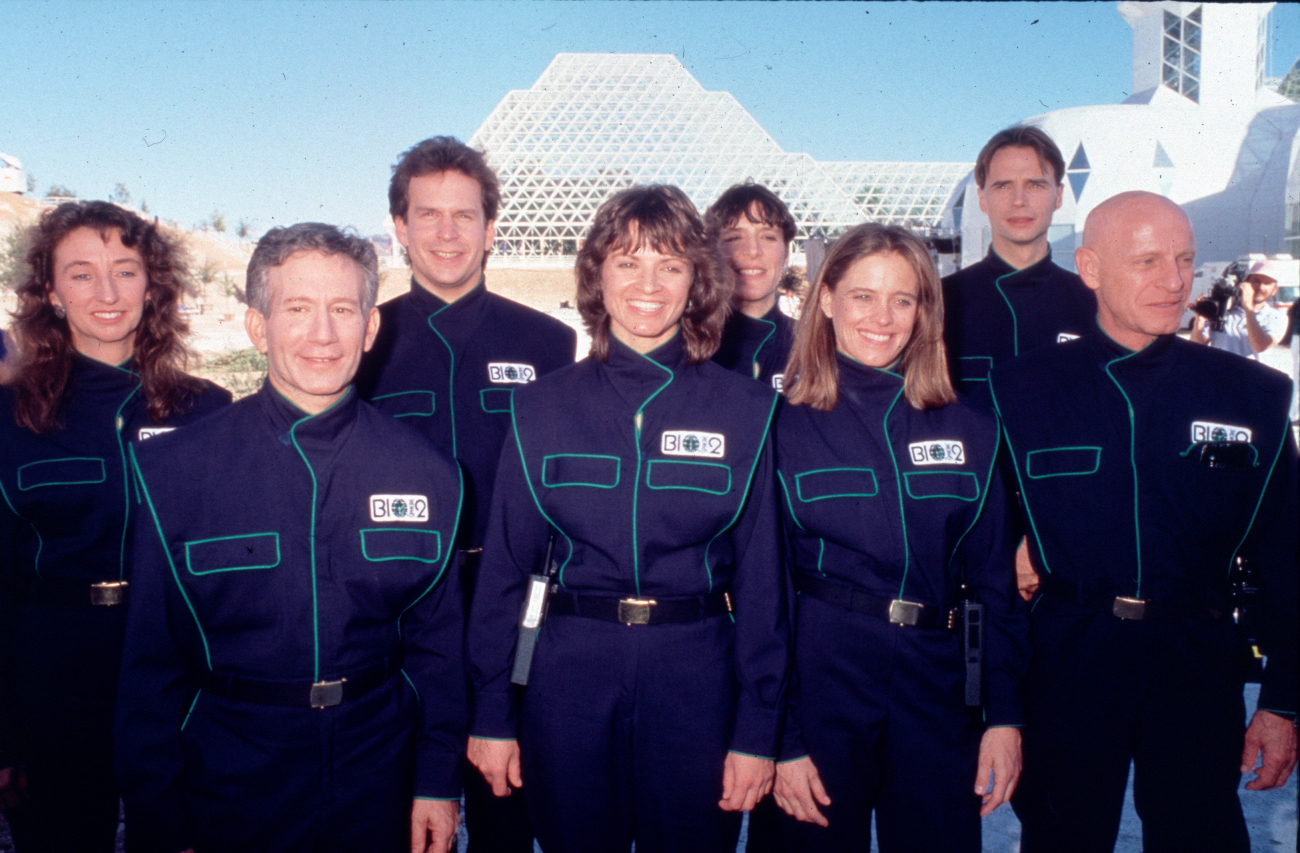
Building the biosphere
Nelson was involved in the project from the start. Fresh from university at Dartmouth College, he joined the nascent Institute of Ecotechnics, which aims to integrate ecology and technology so that they work together better to support life. The institute became involved with runninga project headed by itsfounding director and systems ecologistJohn Allen, which was partlyintended to explore how closed ecological systems could support and maintain human life in outer space.
Nelson explains that the idea developed to look at how artificial biospheres could also be used to investigate how natural ecosystems work. “Given that there is an unplanned, uncontrolled and not-looking-too-optimistic experiment on our global biosphere we wanted to make biospheric laboratories to study the fundamental processes of biospheres rather than destructively testing our global one.”
The word environment… emphasises that it’s something outside of us
The project was called Biosphere 2 for two reasons. The first was to position it as the second self-sufficient biosphere after the earth itself. The second was that it was planned as the beginning of a bigger project, to include a further series of biospheres.
Some of the world’s top ecologists and most innovative engineers were involved in designing the building, which comprised a network of artificial glass domes on top of a complex technological base powering its heating, cooling and electrical systems.
Ten years and US$200 million later it was finally built. Nelson describes it as an “audacious” project. “There’s no doubt it was kickass daring. We had worked on other biomes but Biosphere 2 was on a much bigger scale of magnitude, capital costs, work and the team we needed to pull together.”
Outside Biosphere 2, Nelson was its director of environmental and space applications. Inside, he was responsible for managing the wastewater recycling system, basement agriculture and fodder crops, and helping operate and research the land ecosystems.
Surviving in a bubble
Nelson’s book explains how the Biosphere 2 team tackled its many challenges, including maintaining stable and liveable carbon dioxide (CO2) levels, farming without chemical fertilisers or pesticides and producing most of the food required by its human residents, maintaining air, soil and water quality, and dealing with sewage. CO2 was a particular challenge because the small size of Biosphere 2 compared with the earth meant dangerous levels of the gas built up much more quickly than outside.
“Biosphere 2 was an experiment above all; we wanted to see what we didn’t know,” says Nelson. “So one surprising thing about it was how many elements worked pretty much as expected. People thought we couldn’t make a living coral reef, for example, but we did.”
The project eventually ran to a close, hitting problems such as insufficient oxygen and food for its human residents as well as the death of many animals and plants. A follow-up experiment with people living inside the domes happened in 1994 but no further biospheres have been built so far, with the exception of a Japanese version.
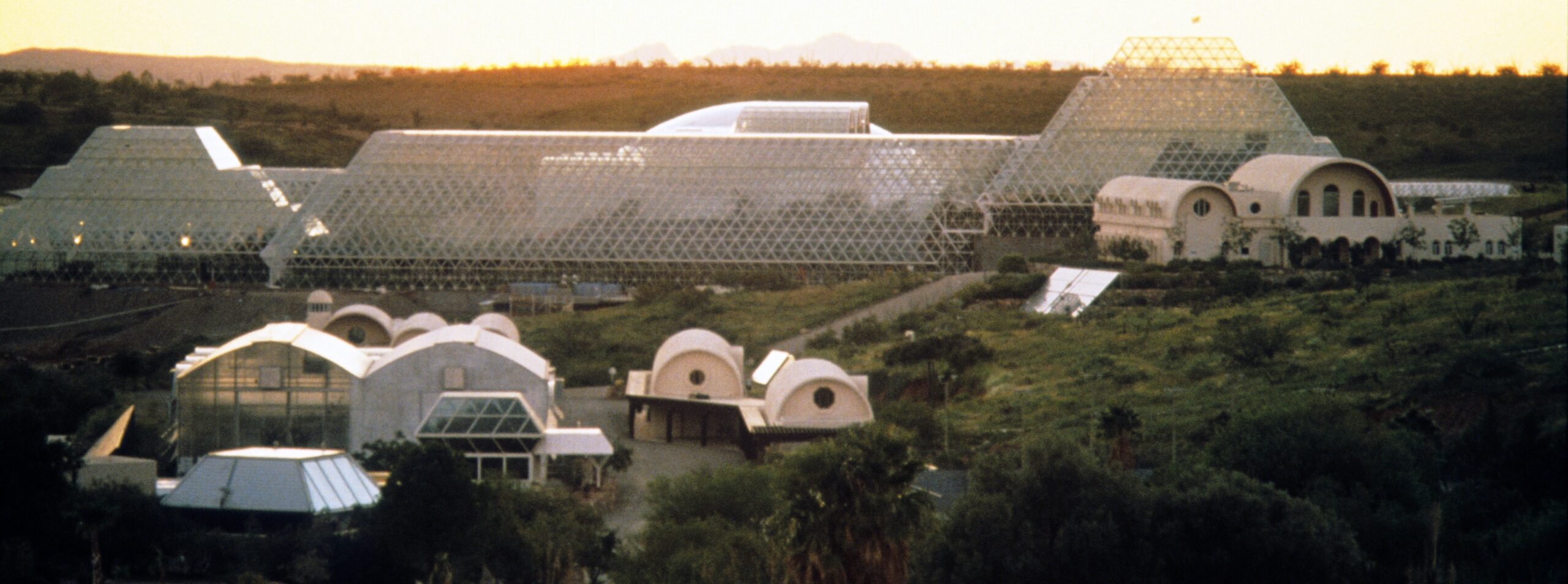
Valuable research
Nelson says the project provided many important insights into how biological and atmospheric systems work. Its engineers even developed innovative technologies with commercial applications such as biofiltration, which used specially designed indoor plant containers to clean air by pumping it through the soil.
And research continued after the human residents left, as it was taken over first by Columbia University and then the University of Arizona. “Because it was no longer a closed system, researchers from Columbia could manipulate CO2 levels,” says Nelson. “Some of the landmark papers on the consequences of global warming and CO2 enrichment in the atmosphere were studies done on the coral reef they told us we couldn’t build.”
However, he says there is still much to learn about how our global biosphere works.
In the intervening 25 years Nelson has remained deeply involved in environmental research, completing a PhD in environmental engineering science, founding Wastewater Gardens International (a company that develops and promotes constructed wetlands) and now serving as chair of the Institute of Ecotechnics. He regularly publishes papers on ecosystem research and engineering, and organises sessions for the International Committee on Space Research on closed systems and space habitation.
He has even been invited to talk to Chinese scientists about their own biospheres and research on bioregenerative life support systems aimed at space travel. “It’s like ecological engineering,” he explains. “It means you’re using natural processes – plants for food, soils for cleaning the air and water – instead of taking packaged food and canisters of oxygen.”
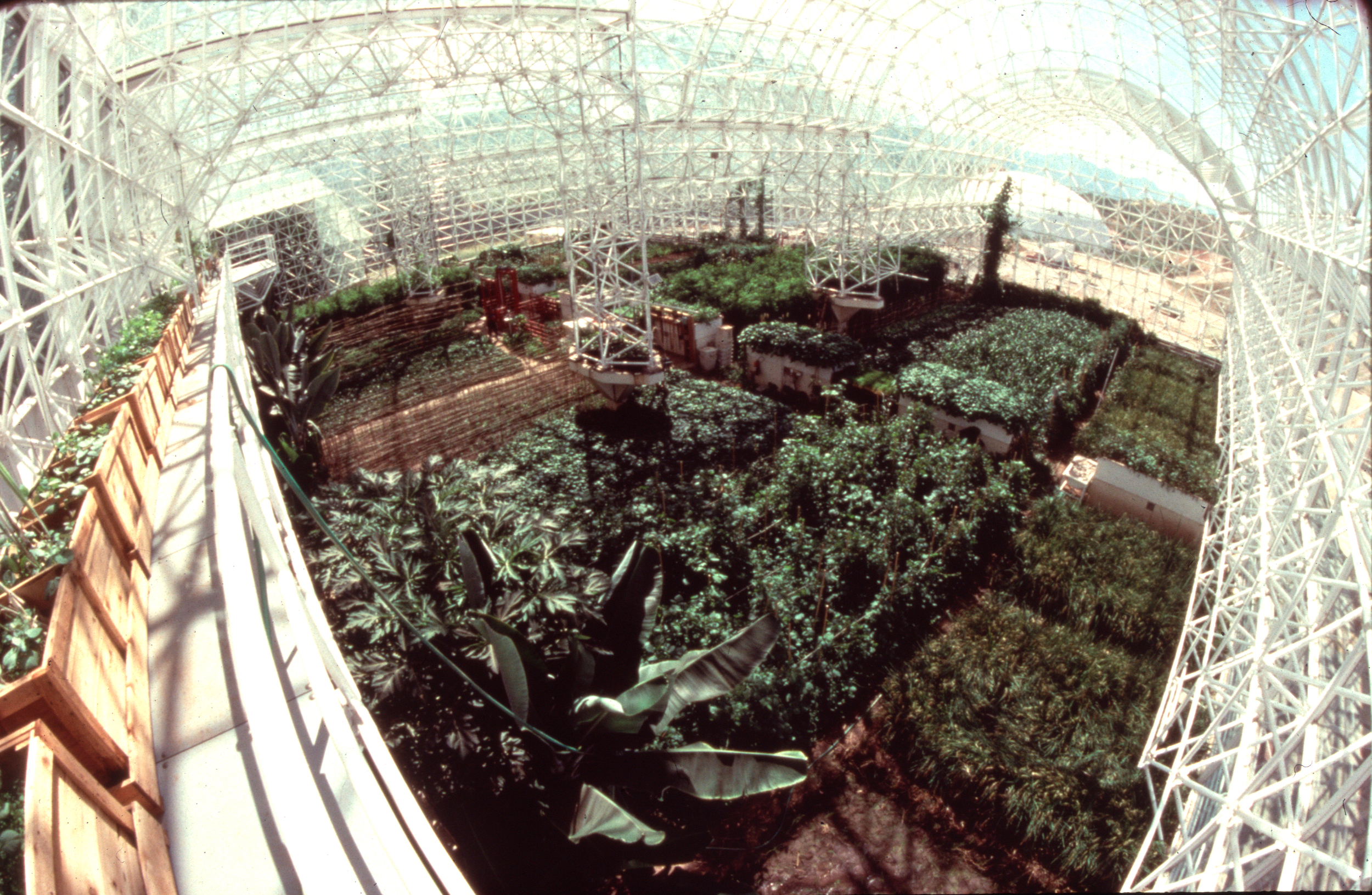
Rethinking the environment
In his book Nelson outlines the key environmental challenges faced by the world today, including climate change, air, water and land pollution, soil degradation and overuse of finite resources. He believe that too little is being done to address these problems, professing himself “more and more alarmed” at the situation.
But he does have hope in younger generations. “The world has really caught up. I think if we built Biosphere 2 now we’d have to expend less breath explaining why this project is important.” In Pushing Our Limits, which won this year’s Evergreen Medal for Nature Conservation, Nelson writes that his optimism comes in large part from his Biosphere 2 experience. “[It] taught us every action, however small, is important. If we give up hope, we cease motivating ourselves to act for positive change.”
He explores the idea of how technology can be changed to support and not destroy nature. “I’m against the idea of ‘techno fixes’ because of the passivity it implies,” he tells China Dialogue. “But I’m a big advocate of fixing our technology so that life rules.”
And, perhaps even more important than technical advances, he says, is a change of attitude towards nature.
“I don’t like the word environment because it emphasises that it’s something outside of us. We are part of nature both evolutionarily and metabolically. People who don’t understand that they’re connected to the biosphere are living in a fantasy.”
He says the experience of Biosphere 2 gave him a deeper connection to the world he lives in. “I had made a life decision to work in environmentally beneficial projects but it was still pretty much in my head. It’s fulfilling and wonderful when you actually realise that metabolically you are part of the biosphere.”
Of course, not everyone can have the experience of living in an artificial biome, so how can this connection be reforged? “I have an obligation because I was lucky enough to live in such a system to try to impart that to people. At a human level, greening cities is important. It’s not that hard once you know that there is that connection to start embracing it, embodying it.”
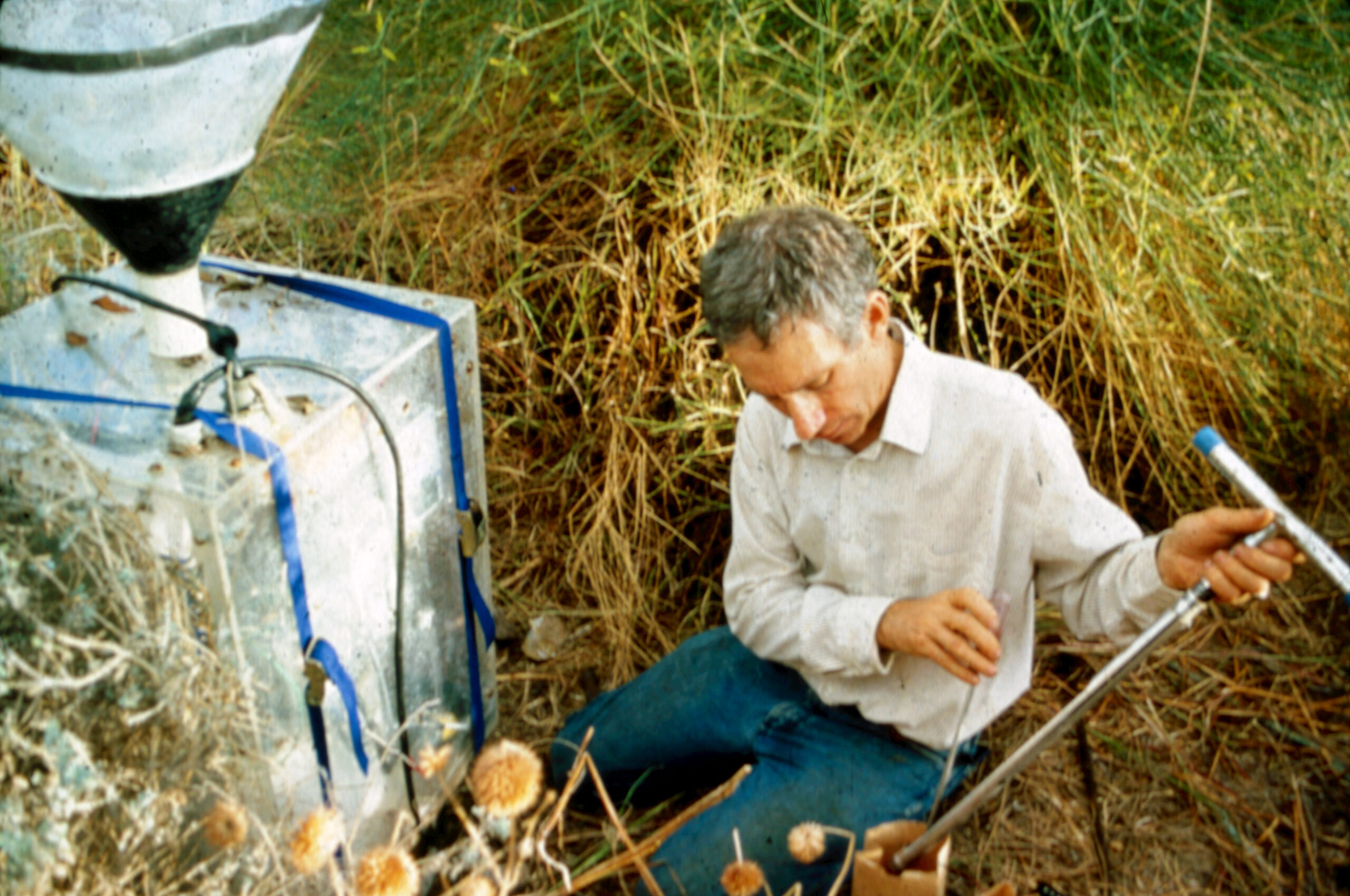
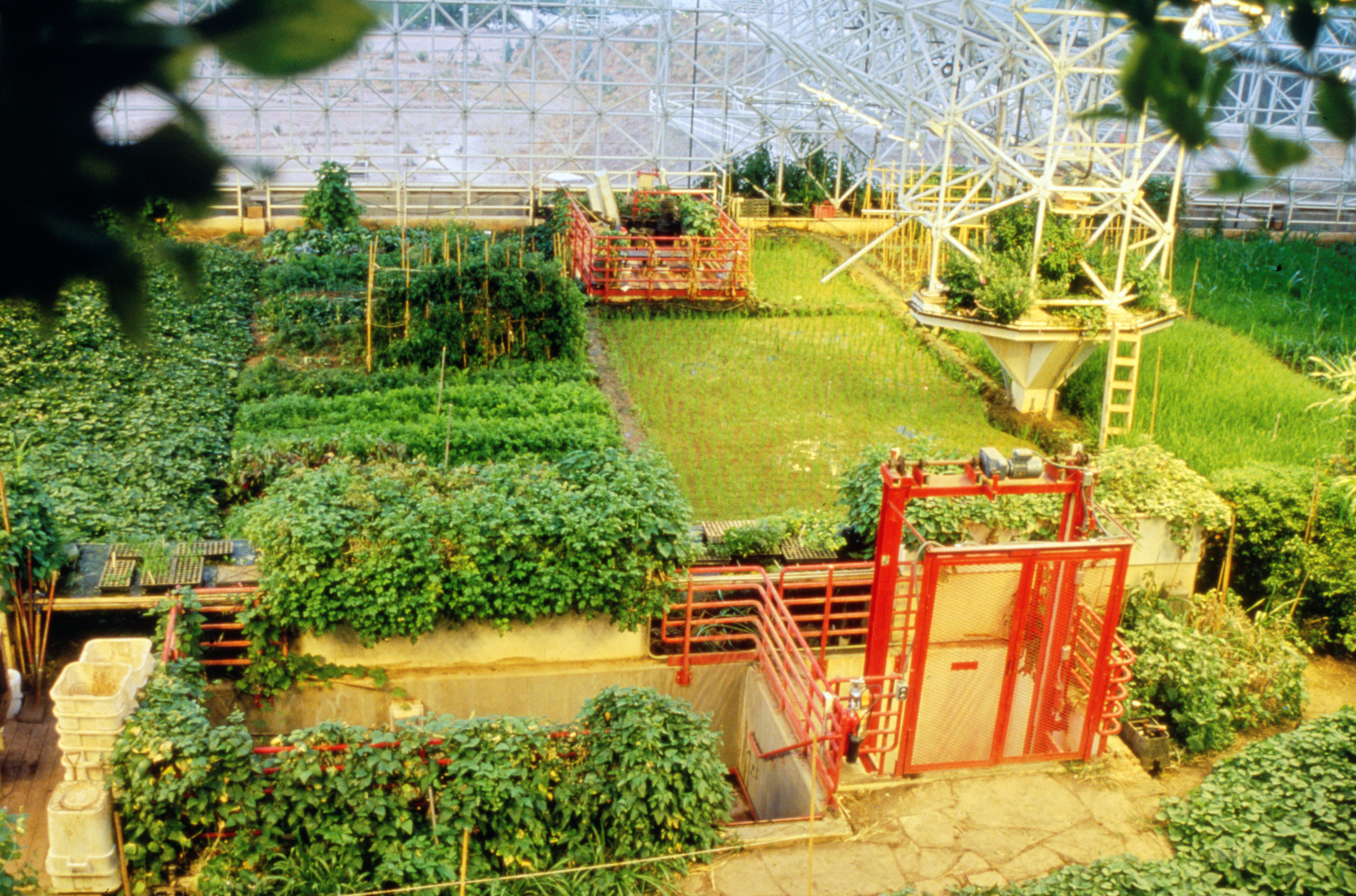
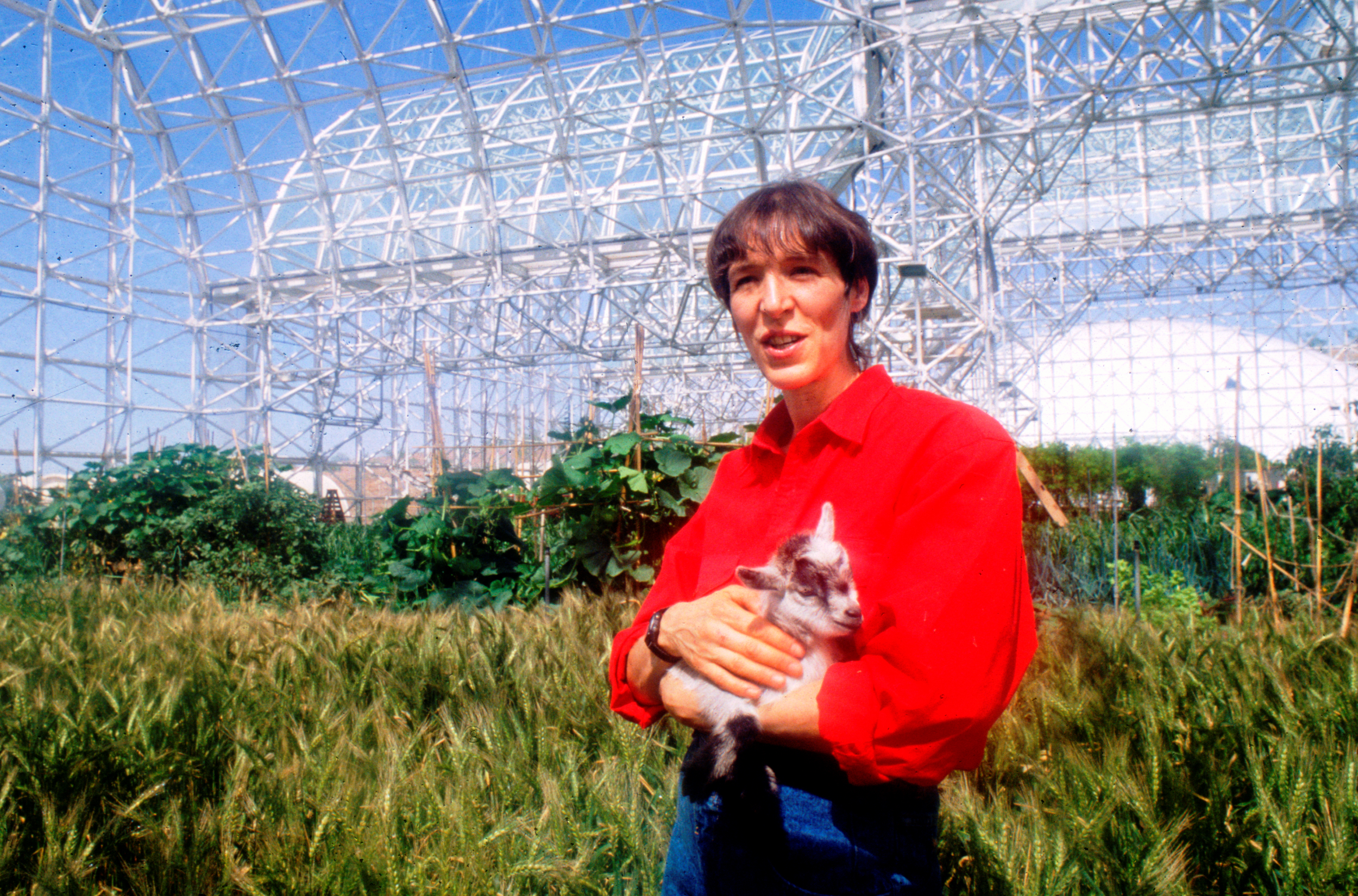
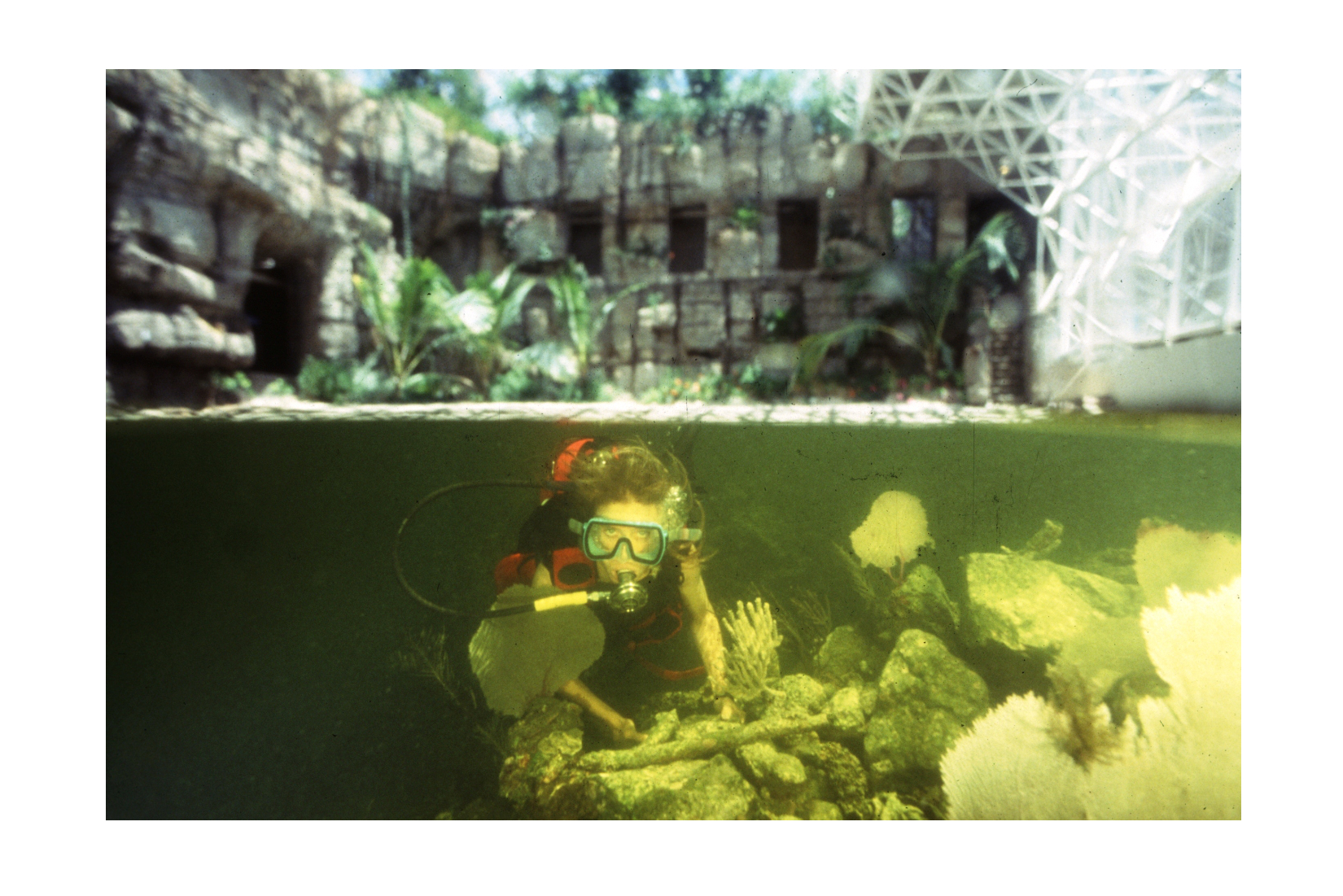

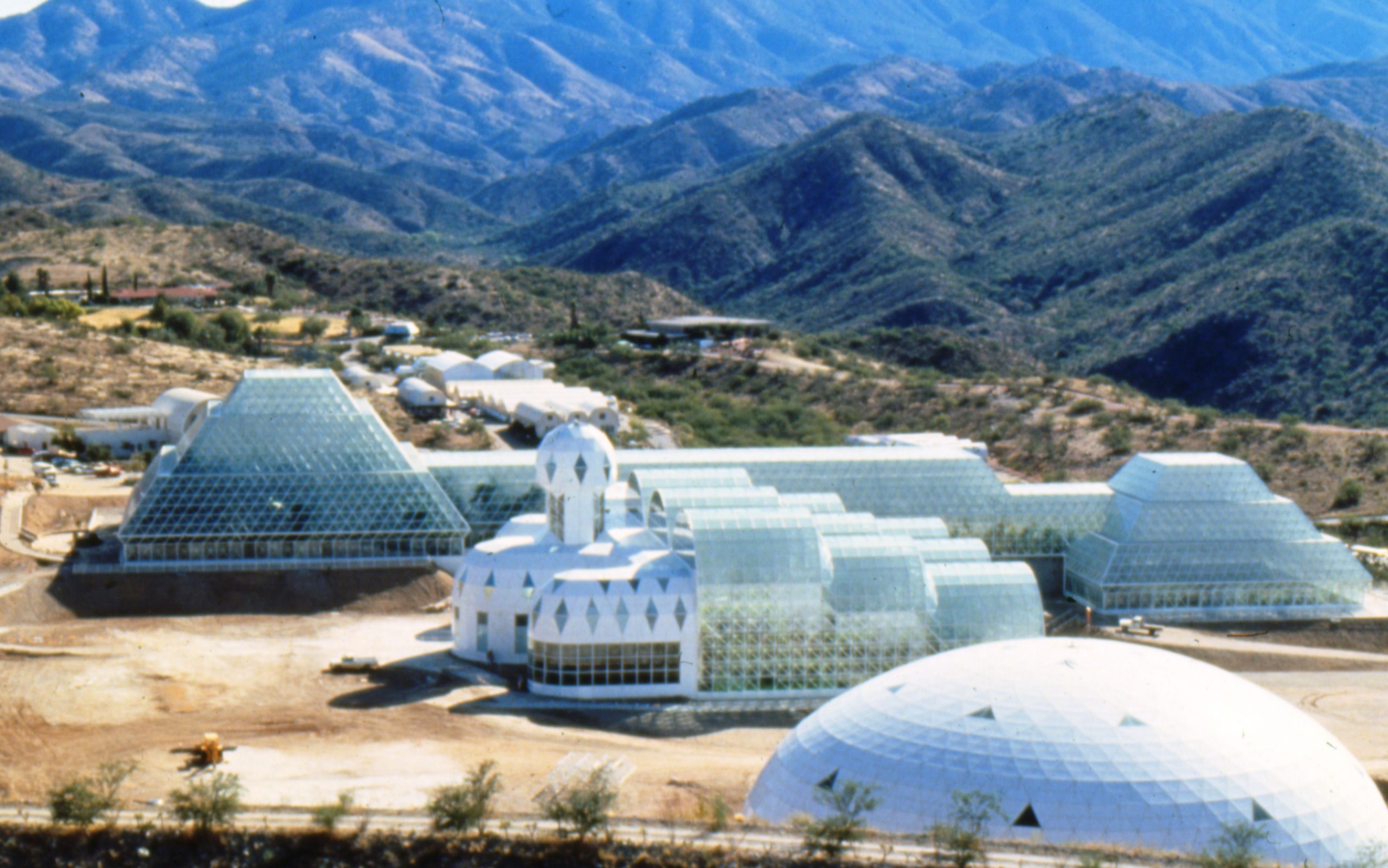
Pushing Our Limits: Insights from Biosphere 2 is out now, published by The University of Arizona Press
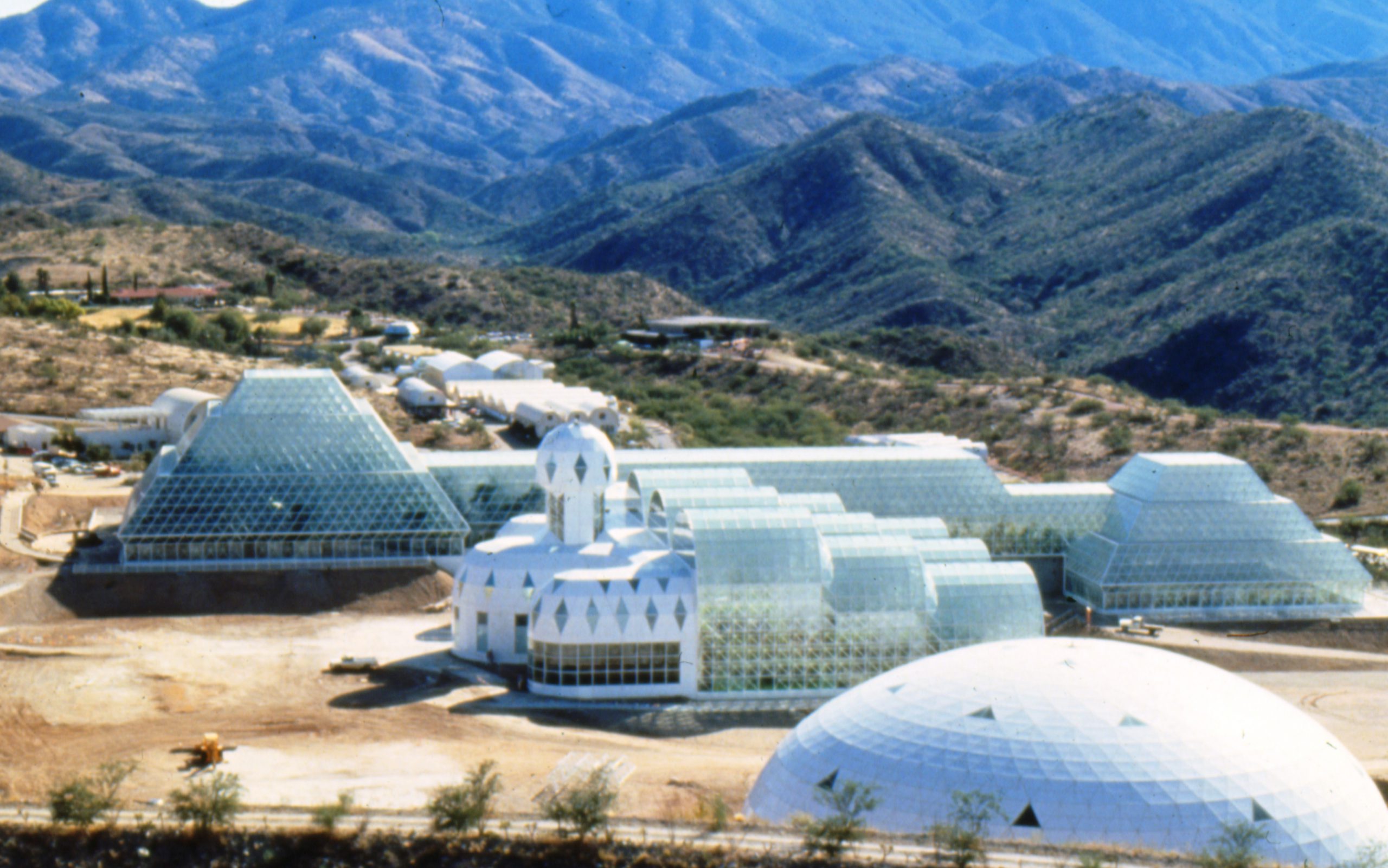
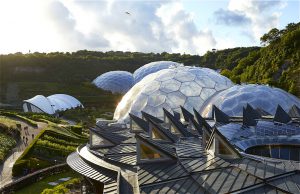
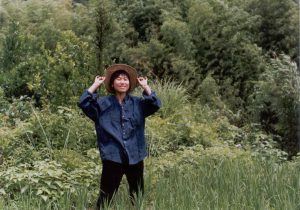
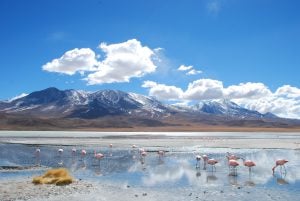
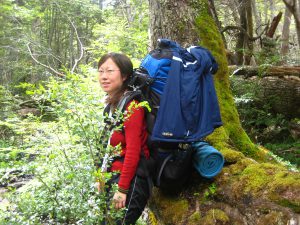
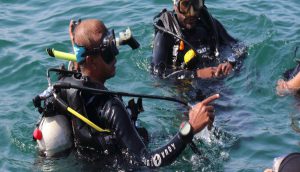

![Bhutan elections 2018. Bhutanese scrutinise claims on an election board - the only place where political parties are allowed to put promotional material [image courtesy: Kuensel]](https://dialogue.earth/content/uploads/2018/10/election-2018-300x225.jpg)
![Farming the biofuel Jatropha in Morocco [Image: Joydeep Gupta]](https://dialogue.earth/content/uploads/2018/10/Jatropha_Morocco-300x225.jpg)